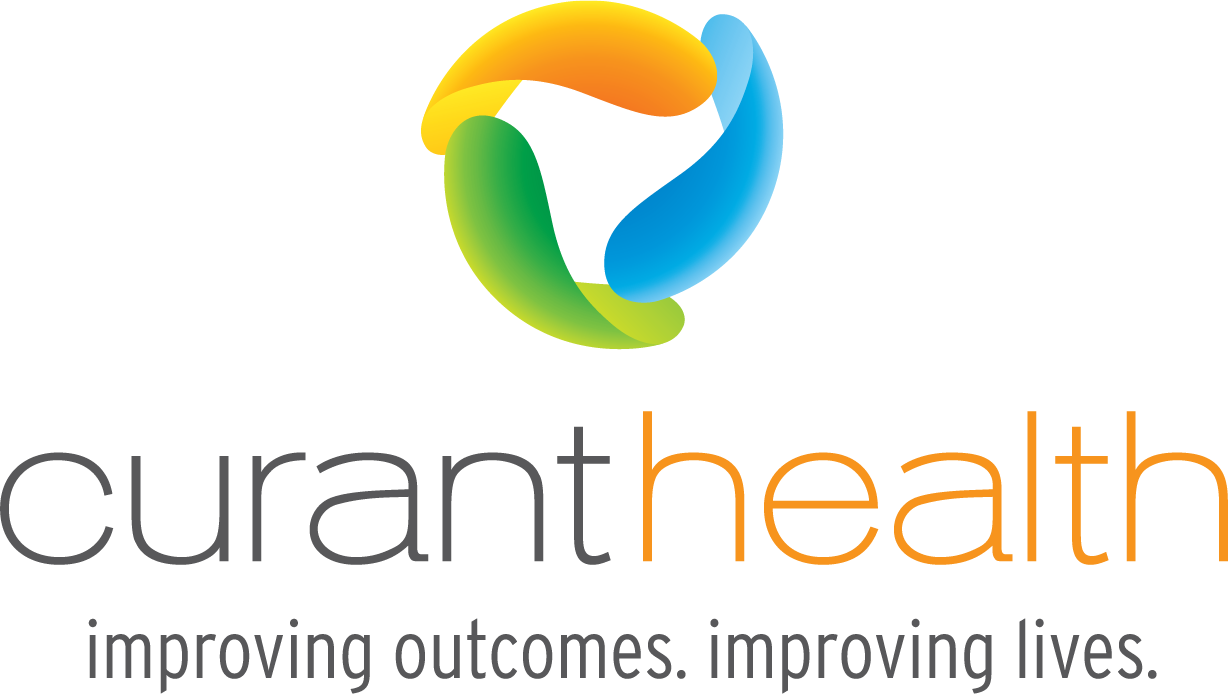May 21, 2018 – Curant Health COO, Marc O'Connor, in PharmExec.com: A mad dash to consolidation is sweeping the healthcare industry. It appears that all stakeholders are bulking up and that vertical integration is the new key to long-term viability. Questions about the future direction of Amazon, JPMorgan, Berkshire Hathaway, Walmart, and Humana—along with their millions of collective employees—adds to the frenzy, but may also be the tipping point for meaningful improvement in systemic transparency.
In the midst of the rampant speculation on consolidation plans, we gained two key insights into the current state and future opportunities in outcomes-based contracting (OBC) that have the potential to drive down overall healthcare spending while injecting real value into the system.
Operational implementation of outcomes-based contracts should start with patient engagement and support
Specialty pharmacy industry stakeholders still view outcomes-based contracts as little more than rebate programs. Harvard Pilgrim’s contract with Amgen for its rheumatoid arthritis therapy Enbrel is one recent example supporting this viewpoint. But what’s missing in nearly every outcomes-based contract, including those discussed at Asembia 2018, is a vehicle that can give manufacturers and payers the ability to engage providers and patients at a more meaningful level.
A Value-Based Contracting Lifecycle Framework detailed in one of the conference presentations provided a succinct pathway or methodology for operational execution and implementation of OBCs. The first phase focuses on strategic decisions on product, cost/value analysis, stakeholder selection, and contract design. Importantly, the OBC implementation phase begins with patient engagement and support. The very next step in the pathway involves data collection, integration, analysis, and outcomes measurement. The takeaway? Shrewd manufacturers would do well to engage directly with plan sponsors that have large populations of chronically ill patients. Together, they should determine how they are going to engage and support patients and which data are most critical to acquire and analyze in the reasonable adjudication of next-gen OBCs.
Outside of a hub, manufacturers and their brand teams are often constrained in their ability to impact adoption, compliance, and persistence, though there are ways brand teams can build on awareness to improve adoption, conversion, and overcome barriers to persistence.
We need more carrots and all we have are sticks
Simply refusing payment when pharmaceutical therapies fail to reach certain patient outcomes is not much of an incentive for manufacturers. It is a big stick, but the industry needs carrots.
To read the full story click here
To talk to a Curant Health team member about our value-based models for pharma manufacturers and payers, give us a call at 866-276-7906 or send an email to clyons@curanthealth.com.
